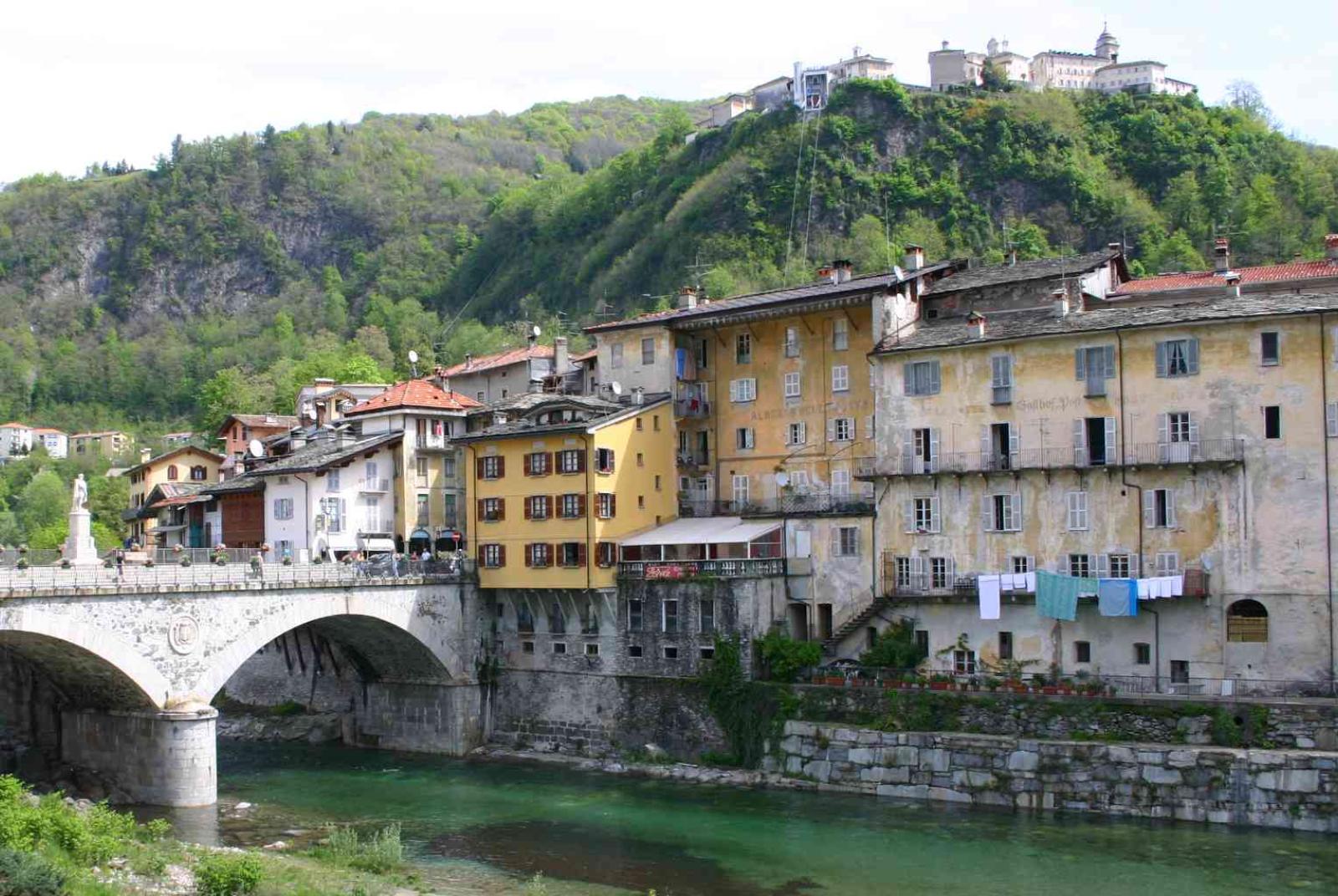Varallo: the cultural and artistic center
Located where the upper part of the valley starts, in a vast basin dominated by its Sacro Monte, Varallo is the historical and cultural capital of Valsesia. Varallo has an eighteenth-century urban layout and interesting monuments that are worth a visit to the historic center, as well as to the Sacro Monte for which it is generally known. Are worth a visit also other major sites, including the collegiate church of San Gaudenzio, the church of San Marco, of Romanesque foundation, the Pinacoteca and the Museum of Natural History, housed inside Palazzo dei Musei; finally, near the slope that leads to the Sacro Monte, the church of Santa Maria delle Grazie.
The historical center
The historic center of the city arouses particular interest, subject in recent years to considerable recovery and enhancement actions. In its area, which is often pedestrianized, there are all the main city monuments and it is still possible to see the commercial character of the past with ancient shops, many of which are open on the narrow streets of the districts. You can admire and buy typical products of Valsesian crafts such as scapin, puncetti and various types of wood, marble or soapstone artifacts.
Sacro Monte
The fifteenth-century church of Santa Maria delle Grazie, a national monument, is located near the departure of the cableway that leads to the Sacro Monte di Varallo. This church houses the grandiose Gaudenzian wall, made by the Valsesian artist Gaudenzio Ferrari in 1513 and consisting of a cycle of frescoes in 21 frames that narrates the life and Passion of Christ.
Via Ferrata Falconera
The recently inaugurated Ferrata Falconera is located in a vertical wall above Varallo. It is an athletic course of considerable physical and technical commitment with 400 meters of rope to overcome some overhanging sections and cover horizontal ledges.
Varallo waves the orange flag of the Italian Touring Club.
The numerous civil and religious architectures, a large and excellent quality accommodation system, as well as a well-structured and vast calendar of events, among which the Carnival and the fair stand out Alpaà, contributed to achieve this award.



